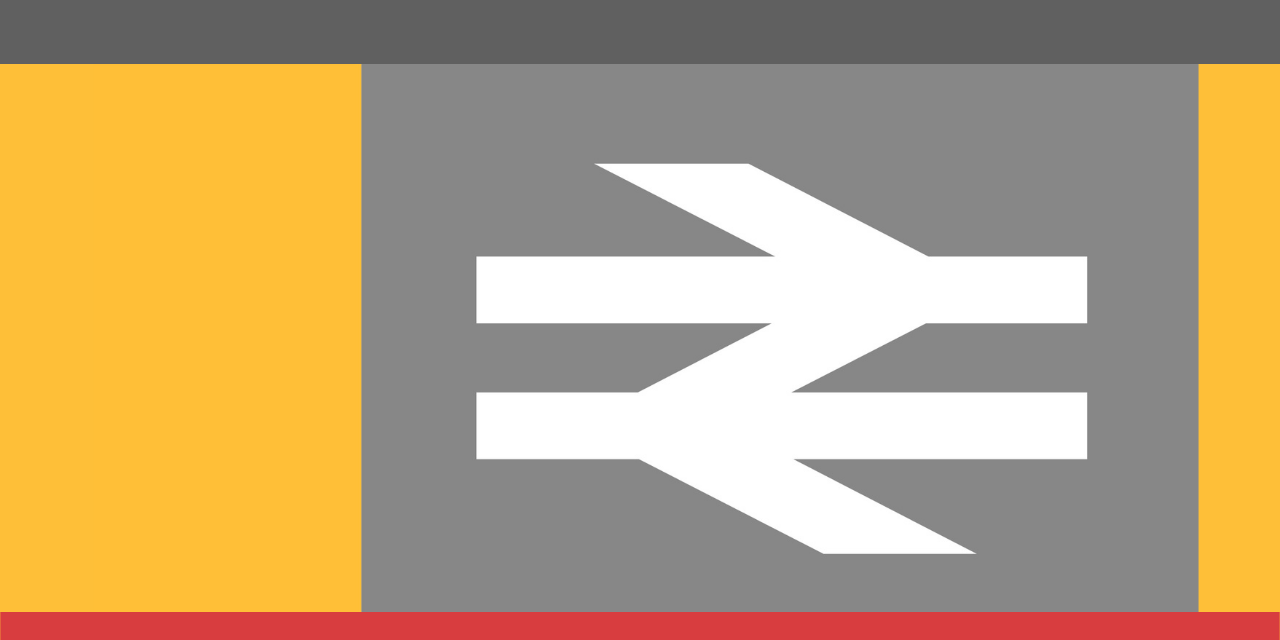BBA steel carrier Profile and Models

BBA 910360 at Clay Cross Junction in April 2004. ©Steve Jones
|
Built between 1973 and 1981, the BBA was a slightly longer version of the earlier BAA steel wagon but with a reduced 75 tonne capacity. The heavily constructed long steel carrier was designed to carry ingots, slabs, long lengths of steel, steel coil, and billets. A prototype of the design was built at BR Shildon in 1973 and was 10ft longer than the earlier BAA type, with deeper solebars. Production followed at BR Ashford with over 500 wagons being built to two design codes: BB001B and BB001C. Following production over an eight year period the wagon type became the principal steel carrying wagon on British Rail. Once these wagons had entered service across the BR network they would usually be found mixed in with other types in block trains often with BAA wagons. The BBA could be seen in South Wales, the Midlands, the north east of England and Scotland. Operations were on trunk routes between steel production and finishing locations and industrial users.The BBA has seen several modifications during its lifetime, primarily to allow the easier loading and unloading of strip coils. Variations have included the removal of the ends and the fitting of 5 transverse coil cradles, removal of the ends and floor and the fitting of coil boxes (BLA) and the fitting of telescopic sliding covers (BWA). Other TOPS codes applied have been BEA, BIA, BRA, BUA and BXA. The BBA and shorter BAA have been the mainstay of the heavy steel carrying fleet since their introduction in the mid-1970s and can still be seen in service today. (Information provided via Cavalex Models) |
|
|
Type of Vehicle |
Steel carrier flat |
|
Builder |
BR Shildon/ BR Ashford Works |
|
Build Dates |
1973 to 1981 |
|
Total Built |
Over 500 |
|
Wheel Configuration |
2 x Bogies |
|
Operated By |
British Rail EWS DB Cargo |
|
Main Duties |
Steel Transport |
|
In Service Until |
Present |
|
Surviving Examples |
Many still in service |


 BR bauxite
BR bauxite
 Railfreight grey (inc. Red Stripe)
Railfreight grey (inc. Red Stripe)
 EWS - English Welsh and Scottish
EWS - English Welsh and Scottish